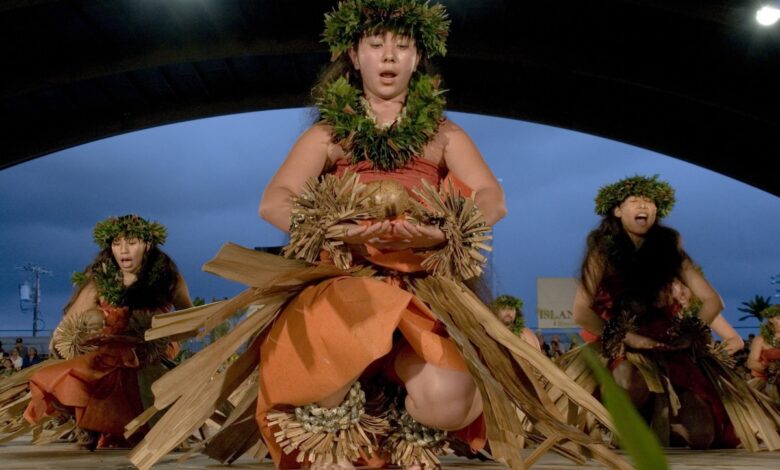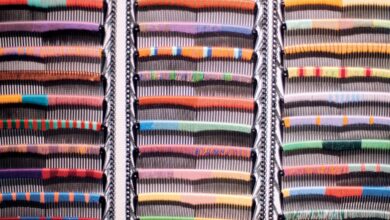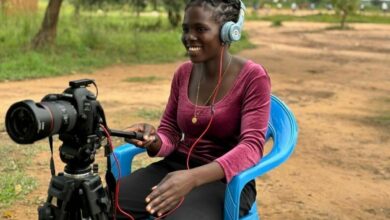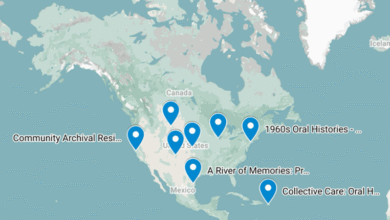The surprising history of Hawai‘i’s hula tradition

The Hawaiian identity continued to erode throughout territorial rule, and just after Hawai‘i became a state in 1959. The Hawaiian language was not taught in schools, and children were often punished for speaking it. As a result, the language almost went extinct. With the loss of the language, hula, which is always paired with chants in Hawaiian, was at risk of becoming obsolete.
A hula revival
The mid 20th-century was a time of rapid change, with the Civil Rights Movement improving the lives of Black Americans in the 1960s and influencing the Hawaiian Renaissance of the 1970s. “Our people said, ‘We need to change the laws. We need to be able to give our kids Hawaiian names. We need to be able to speak our own language,” says Kumu Kamohoali‘i. In 1978, the state constitution was amended to include Hawaiian as one of the two state languages and to mandate that public schools teach Hawaiian culture, language, and history, including dance.
Locals were reclaiming the hula, too. On the island of Hawai‘i, the town of Hilo launched the Merrie Monarch Festival in 1964. Now, the annual spring festival draws the best hula groups from the islands and the mainland U.S. Scoring tickets to this “Olympics of hula” can be difficult. Other showcases that are more accessible include Maui’s Hula O Nā Keiki for young dancers; O‘ahu’s Prince Lot Hula Festival; and parades celebrating King Kamehameha Day.
“As hula evolves and becomes popular worldwide, I am constantly engaged in the battle of remember versus forget,” says Kumu de Silva, who will lead her Hālau Mōhala ʻIlima school in this year’s festival. “The hula, chants, stories, and everything that we received—the reason they were given to us was so that they would survive. We go to Merrie Monarch so our line of hula and our adherence to tradition is put in the records year after year.”
From the stage to the resort
In recent years, younger lū‘au performers have also shifted the tradition back to its roots. When Afatia Thompson’s parents started Tihati Productions in 1969, the lū‘au they produced at the Royal Hawaiian Hotel, was typical of the era, a mishmash of dances, songs, and costumes from all over Polynesia.




